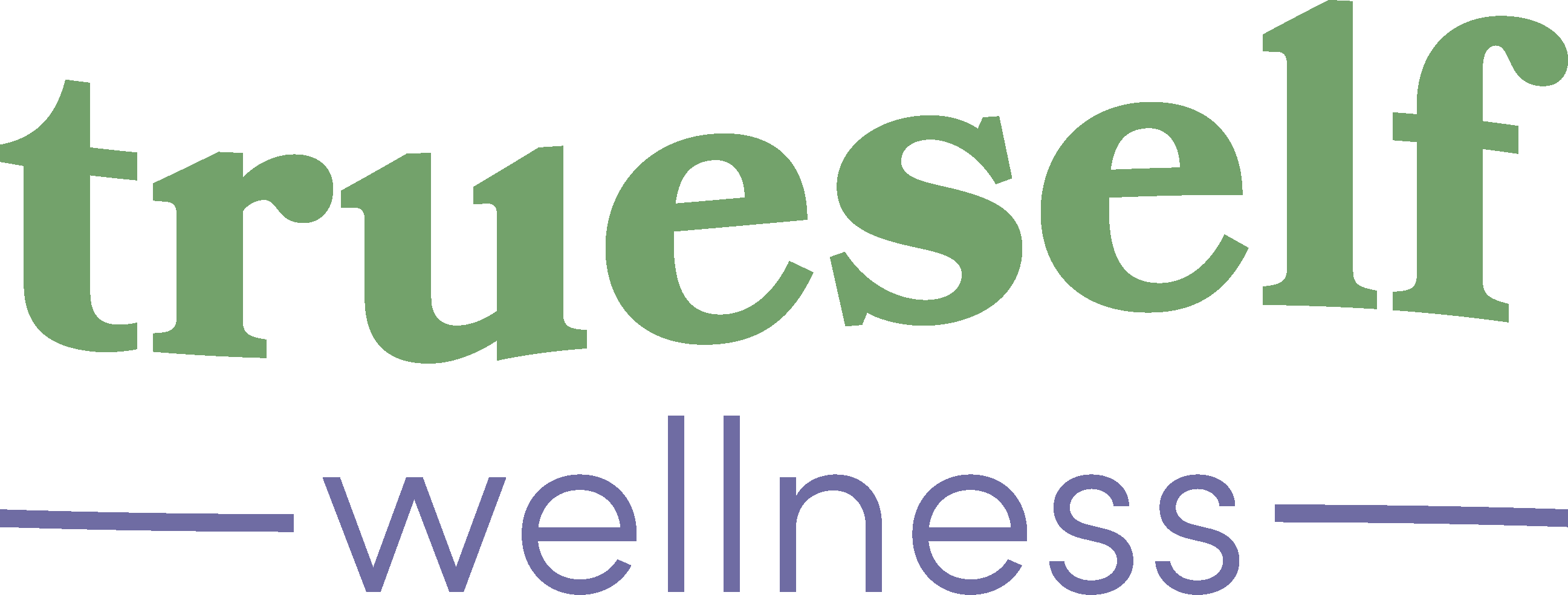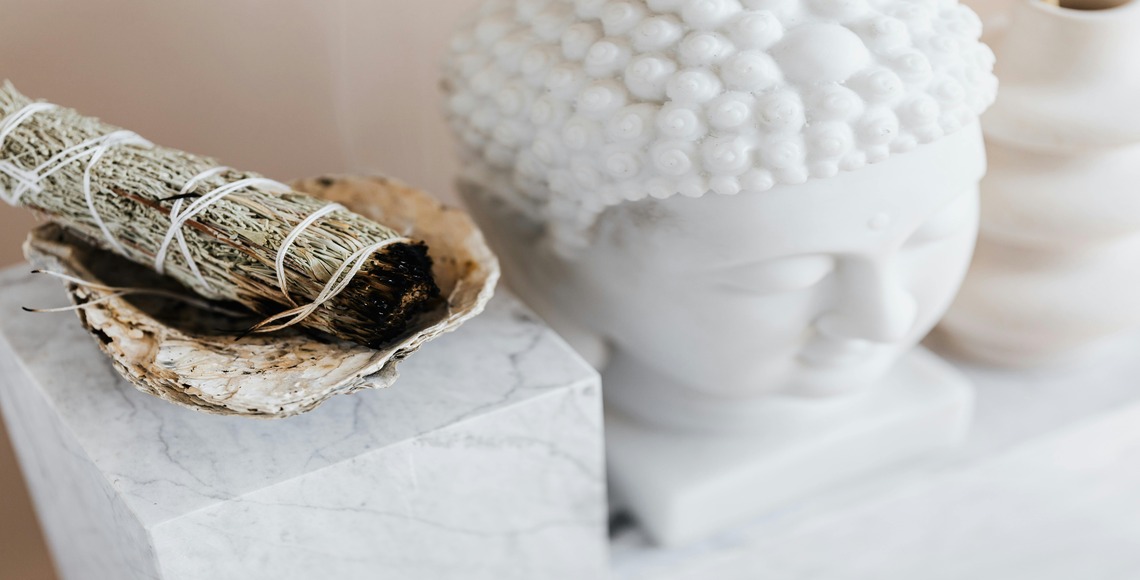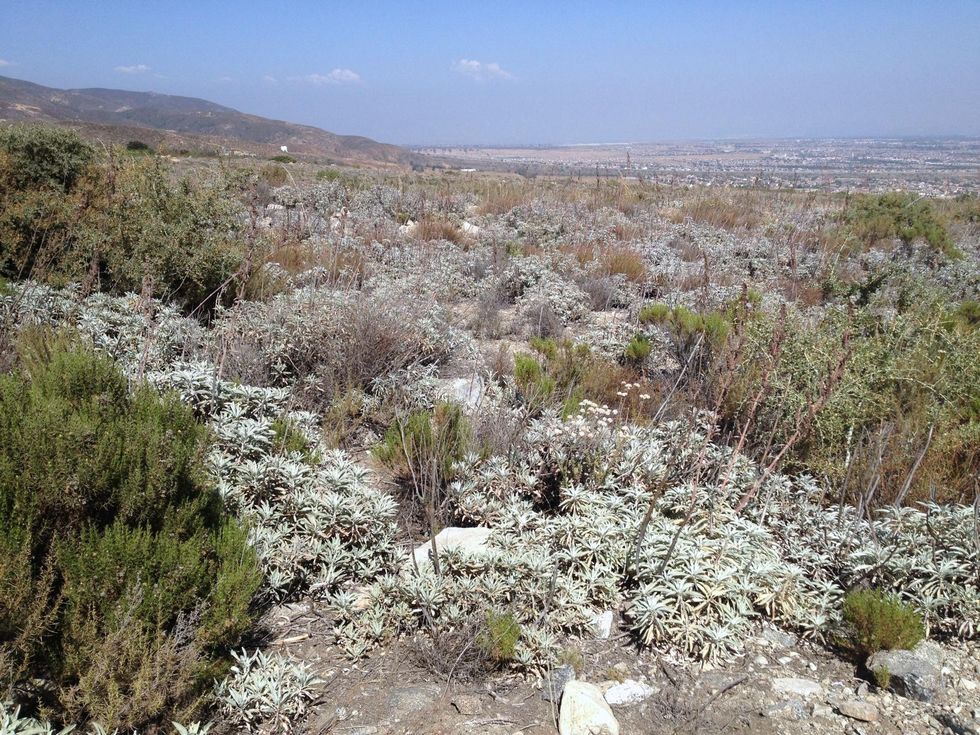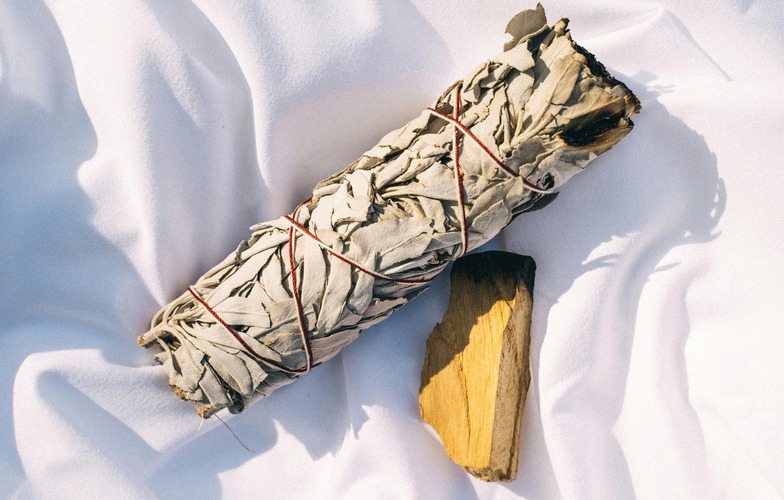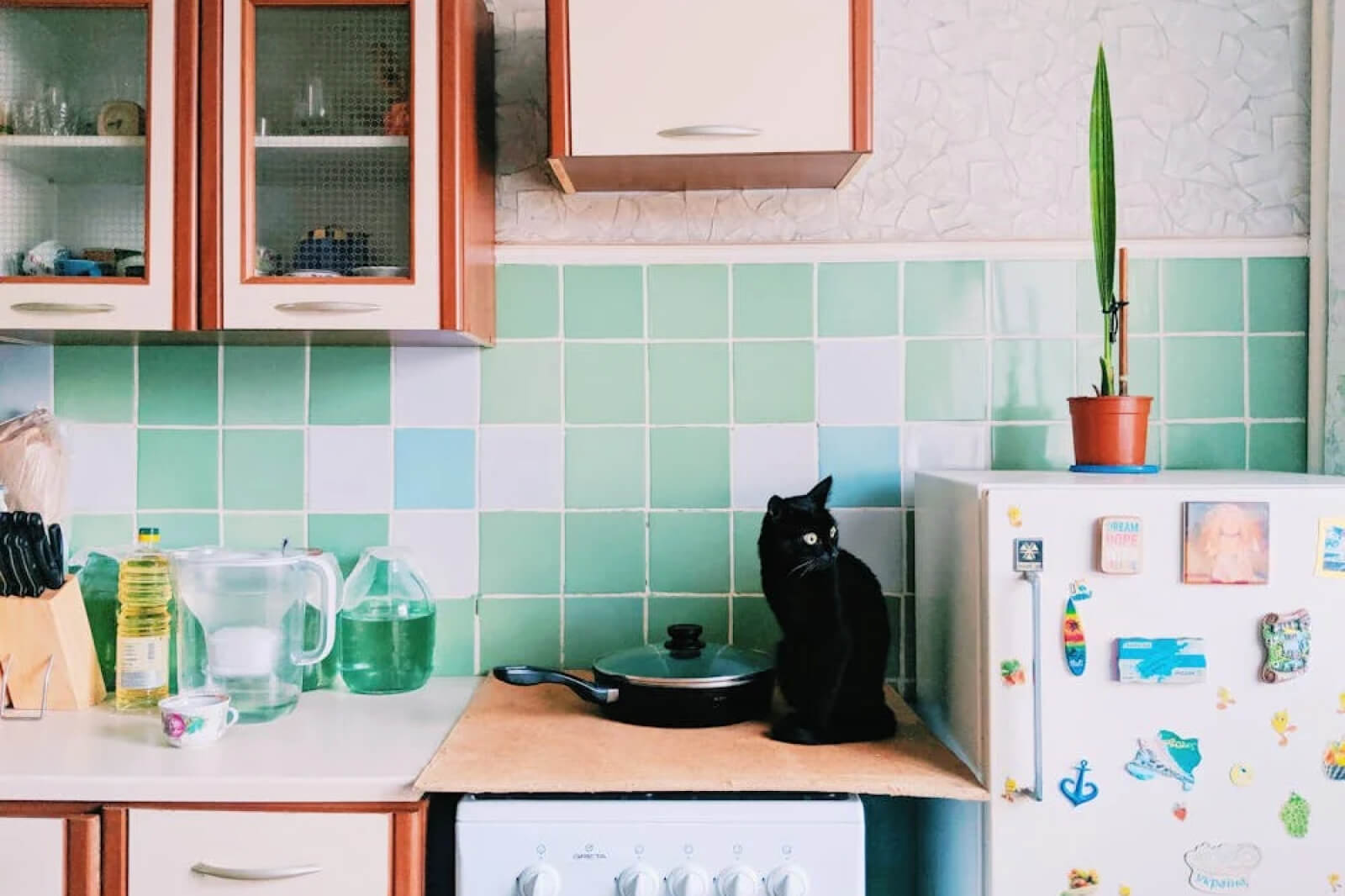Several years ago, I stood over my desk with a burning bundle of sage I’d bought at a downtown boutique.
I waved it across the top, walked around to let smoke fall behind it, and knelt to ensure that I’d covered the entirety of its surface. I didn’t know exactly what I was doing, but I’d been told it was called “smudging” and that it would cleanse negative or unwanted energy from items, places, or people.
I sure as shit wanted that desk cleaned. My ex-boyfriend had recently given it to me when he moved and, shortly after, our relationship completely crumbled in a mess of harsh words and painful memories. I wasn’t going to write at that desk until it was free of him.
For a long time after, I’d burn the same bundle on occasion — to cleanse something, to use it as incense, to use it however I wanted. This erratic practice ended once I started hearing rumblings that California white sage — different from garden variety and sold commercially — might be endangered.
I did a quick Google search to learn the status of the plant and why it might be at risk, and I followed that rabbit trail with the same curiosity as Alice. On the surface, smudging seemed so faultless. How could a practice meant for healing and renewal do harm?
But underneath, the water was murkier. I began learning about the roots of burning white sage and how divorced the practice had become from them. Strip a plant of its roots and it fades into another entity entirely. To keep it whole and thriving, you cannot separate a natural thing from that which sustains its life.
What I learned eventually compelled me enough to stop using white sage entirely. I no longer felt it was for me. Instead, I felt inspired to seek what connected me to my heritage and the land I walk.
To be clear, I don’t feel I have the right to tell you what to do in your own spiritual practices. I certainly don’t have the right to speak for all Indigenous* people who use white sage. No group is a monolith, and I have found a chorus of varied and valuable opinions on the subject. My aim is simply to share with you the knowledge I gained on the rabbit trail in order to empower you with information — to make a choice or to keep seeking — and to suggest some alternatives for those who have arrived at the conclusion I did.
Is California white sage actually endangered?
The short answer? Not yet. United Plant Savers labels it a plant “to watch,” which is a category before “at-risk.” These terms, on their own, seem vague and mild. But they aren’t. “At-risk” designates that a species is declining to a point where we should be concerned about it moving towards extinction and, in the case of white sage, no explicit federal regulations are protecting it from such a fate.
A major reason for white sage’s current designation is that people are overharvesting it from public lands for commercial use. There are private growers, but they are not the epicenter of the trade.
Susan Leopold reports, “In June 2018, four people were arrested for the illegal harvest of 400 pounds of white sage in North Etiwanda Preserve in California. It is very difficult when companies make claims of sustainable harvest when we have no accountability within a very secretive trade. In some cases permits are given on public lands for commercial harvest of economically valued plants, but in the case of white sage no such permit exists.” This kind of mass-picking endangers the plant because commercial harvesters often fail to leave enough behind to support regrowth.
If you’re buying white sage off the shelf or ordering from a big online retailer, it’s next to impossible to ensure that it’s been sustainably and ethically harvested. Unless you are growing or responsibly picking it yourself, or unless you were gifted it from someone who knows its source, you risk being party to the endangerment of this beautiful, sacred plant.
How Burning Sage Causes Harm
As a non-native person, I’ve decided that even if I am positive it came from a sustainable source, I no longer want to burn white sage. My research gave me information, but it also taught me how much I don’t know. Some Indigenous people use white sage in their practices, but not all. Some use it for smudging (which I now know is explicitly tied to prayer and isn’t just the act of burning), while others do not. It is used for ceremony and for medicine, helping with ailments ranging from anxiety to constipation. All of this is wisdom that gets passed down and taught but was not taught to me.
So can’t we just learn respectful ways to use it? Isn’t that part of appreciating other cultures? For me, the answer was no. In a piece for Bitch Media, Bani Amor writes, “In the wake of every used and abused New Age trend is an endangered plant, a knock-off shaman, an exploited Native community, and an unregulated economy of spiritual hustling in which the sacred is reborn as obscene.” Until 1978, it was illegal for Native Americans to burn sage.
This outlawing had been part of larger efforts to erase their lifeways, traditions, and spirituality. As Amy Willier, a Cree woman, states, “Native spirituality makes sense to a lot of people. But the unfortunate thing is people take a little bit of our culture, twist it into their own liking and use it like that.” White people have long been able to “borrow” pieces of other cultures who are or have been marginalized and oppressed for the very same things.
Indigenous people in the US still face extreme injustices — poverty, racial discrimination, disproportionate amounts of violence against their women, ecological devastation, and health inequities, to name only a few. They are forced to fight for equity and even basic rights while companies profit off of their traditions.
Bianca Millar retells this story: “An elder told me about a year ago that she was on the reservation and she went up to a field with a bunch of youth to teach them how to pick sage, how to pick medicine, and when she got to that field, there was absolutely no more sage.” To see the land ravaged like that, she says, is heartbreaking. Native people are losing access to a plant that is a vital part of their lives while people with little or no connection to it get it delivered to their door with ease. I don’t want my money furthering this trend.
What to Use Instead
In a world of continuous grievances, it can be overwhelming to take on the personal responsibility of making the world a kinder, more just place. But sometimes living in alignment with such goals comes down to small choices rather than huge actions. We can leave the questionably sourced white sage on the shelf.
We can learn about our lineage and see what herbs our own ancestors may have used — which offers far greater benefits than using a plant only because it’s become popular. If what you want is to honor Indigenous practices, consider the wisdom of being a good steward of the land you’re on. What plants grow nearby? If you’re in a city, what herbs can you grow in a windowsill garden?
In a closet in an attic room, I’m drying rosemary and wormwood that I’ve grown. I harvest mugwort that grows abundantly beside trails near my home. At the farmer’s market, I purchase lavender and bags of cedar sawdust. Each one now has a place in my life and spiritual practices. Each one is rooted in my community and the land I know, and when I use them I feel connected to that. I know that what I’m doing isn’t potentially taking something away from anyone else, and that feels cleaner than my desk ever did with the aid of a plant that was not mine to use.
*The words “Indigenous” and “Native/Native American” were used throughout this article. These are but two descriptors people use to talk about themselves and their ancestry. They were used for consistency’s sake and are not meant to diminish or erase other preferences.
Mint Tea: Smudging and Appropriation, The Meaning Behind Using Smudge Wandsyoutu.be
